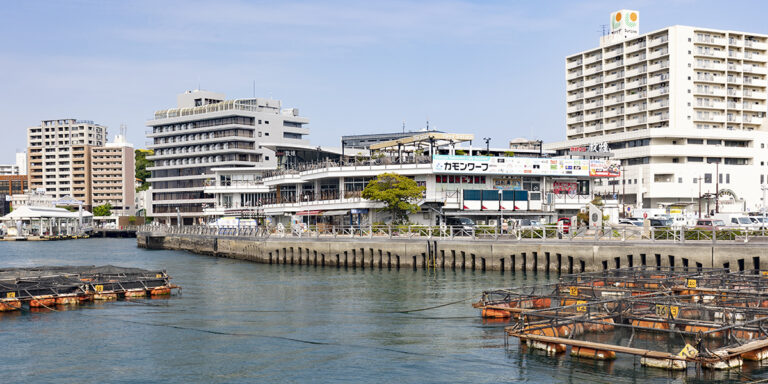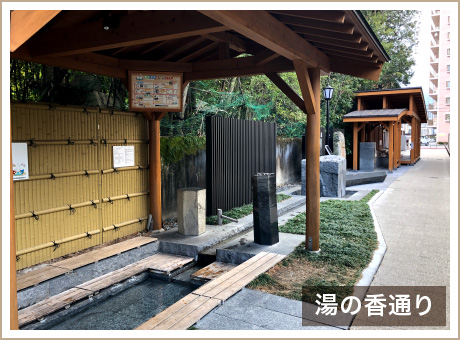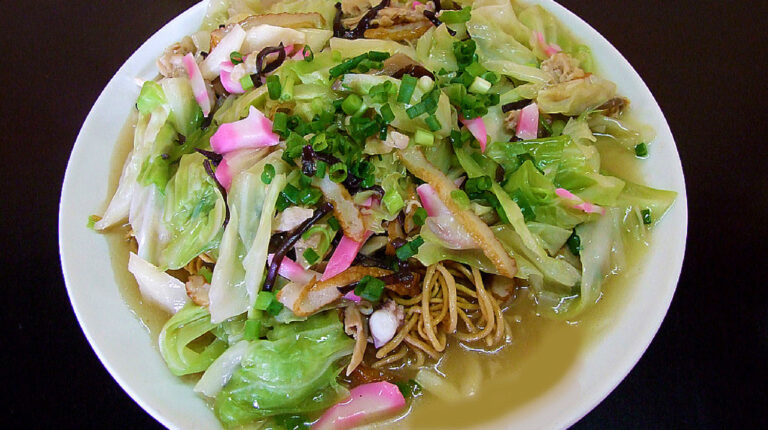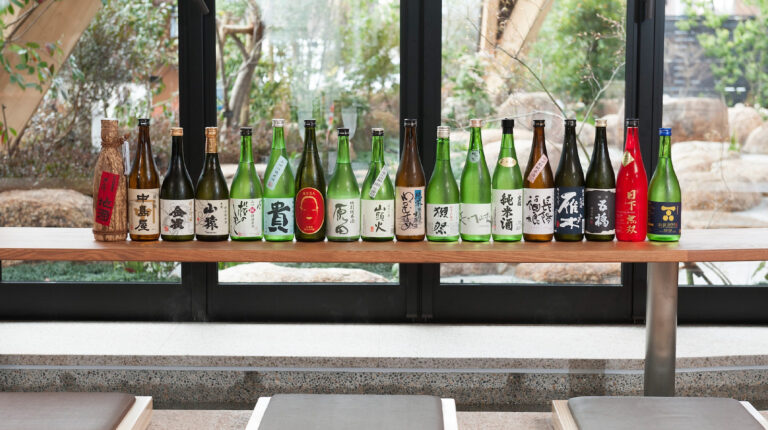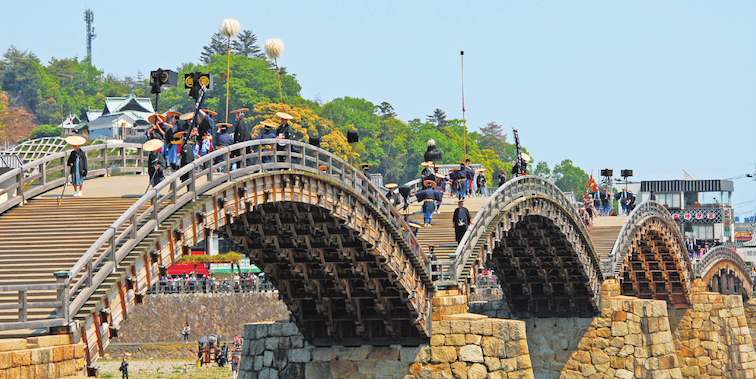
In Iwakuni, Yamaguchi Prefecture, the castle town of the Yoshikawa family of the feudal lord, there is a graceful landscape where the Mishiki-gawa flows quietly and the city's symbol, Kintaikyo, spans. "Kintaikyo", which is counted as one of the three Japanese bridges, is worth a look! We will thoroughly introduce the Nishibashi Bridge, which shows a variety of facial expressions, from various angles. Check out the places you want to go to.
What is Kintaikyo? Introducing the highlights of the seasons and the summer's wind poem
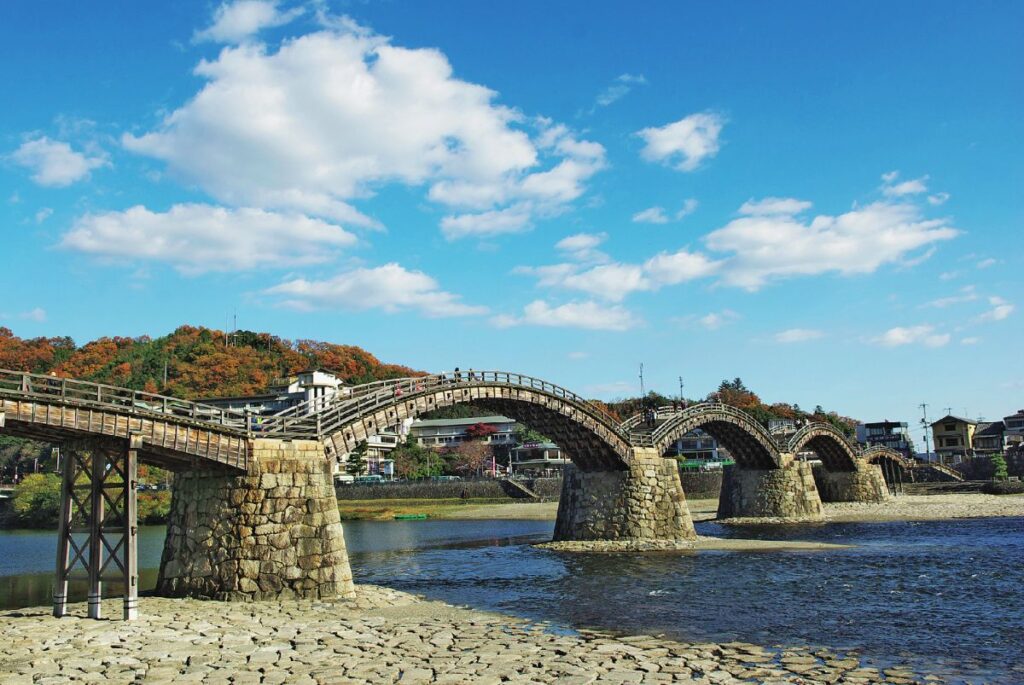
Iwakuni, Yamaguchi Prefecture, where the "Kintaikyo" is located, is lined with historic buildings such as Iwakuni Castle, and the scenery of the time when it remains an atmosphere of castle town. It is a perfect place for a journey to experience history.
The five-line wooden bridge that marks the history of the city, "Kintaikyo", is a huge half-timbered bridge with a total length of 193.3m and a width of as much as 5m. In 1673, Hiroyoshi Yoshikawa was founded to aim for a bridge that would not be swept away. It was washed away by a typhoon in 1950, but with the enthusiasm of the citizens, it began to rebuild immediately, and the beautiful bridge came back.
To get to "Kintaikyo", you can get to the "Kintaikyo Iki" bus from JR Iwakuni Station for about 20 minutes.
Let's enjoy the scenery of the four seasons!

One of the attractions of the area around Kintaikyo is that you can enjoy beautiful scenery throughout the four seasons. In the spring, the cherry blossoms bloom along the Kinagawa River, creating a gorgeous landscape.

The beginning of autumn leaves in Iwakuni is around early November. You can enjoy the vivid scenery.
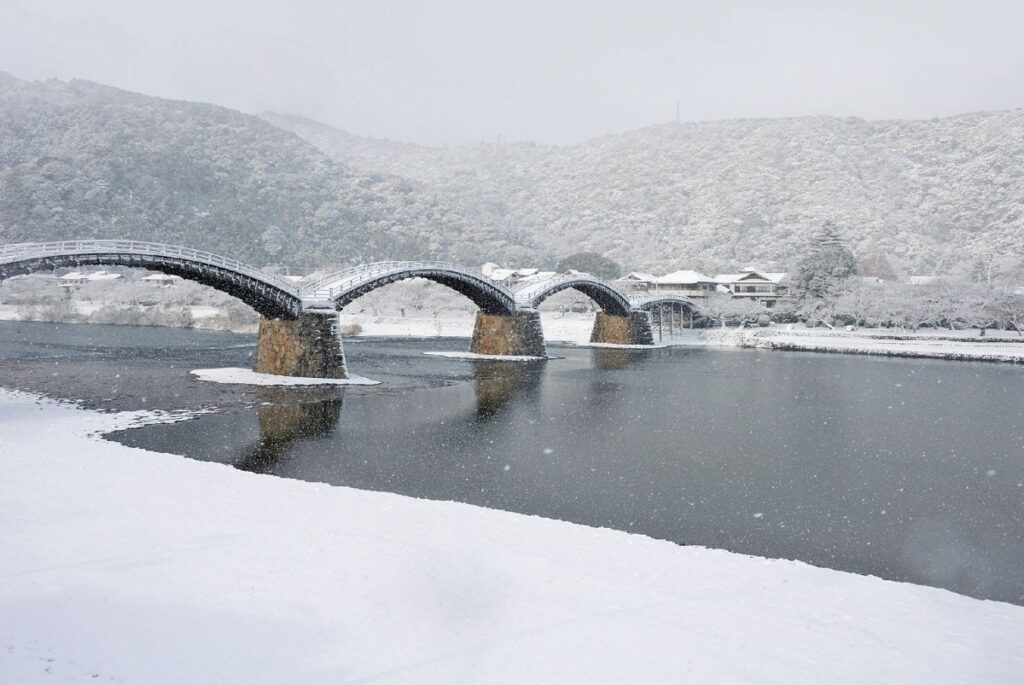
In winter, when snow accumulations, the whole area is stained white, and the scenery is completely fantastic.
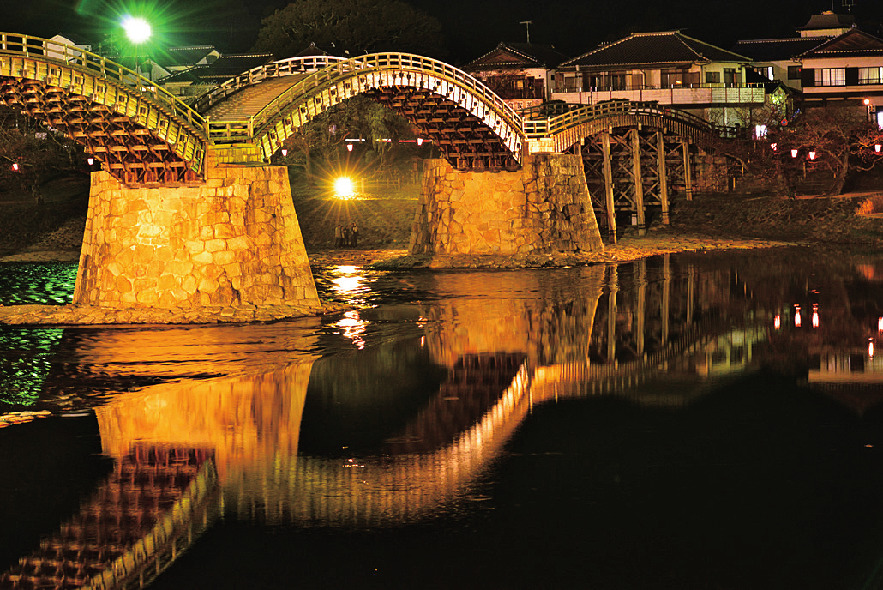
It is also recommended to visit at night. From late March to June 1, early August to mid-January from sunset to 22:00 (scheduled), we also light up. Check out the fantastic expression that emerges in the dark of the night.
The traditional scenery in summer in Iwakuni is Ukai
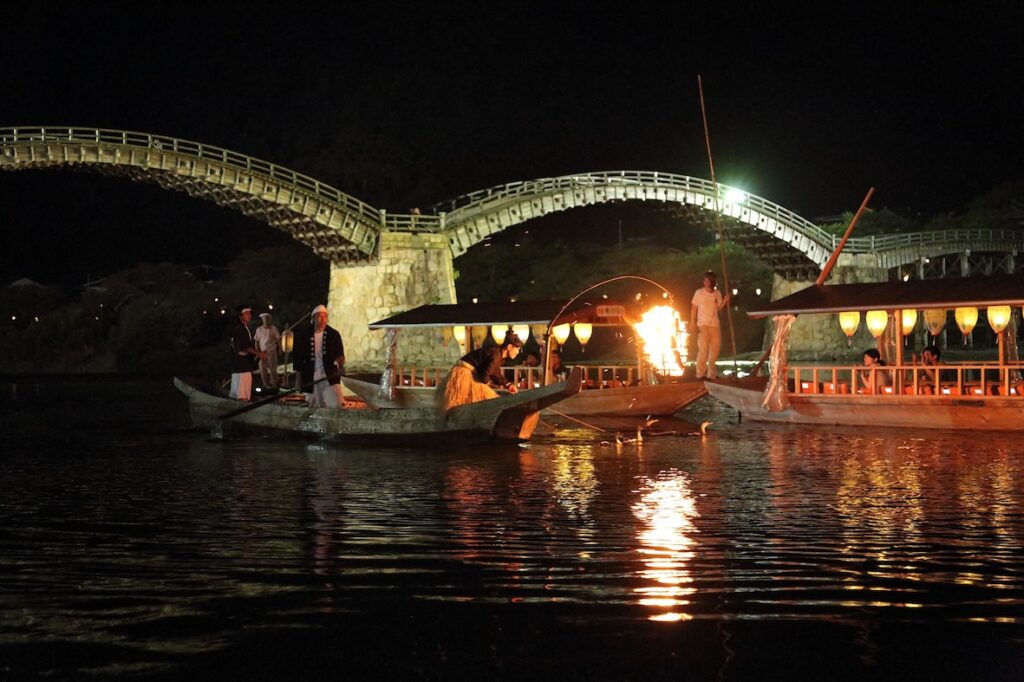
In the summer, you can also enjoy the historic "Kintaikyo no Ukai". The host place is the base of the Kintaikyo. The Ukai is an old-fashioned fishing method that uses cormorants, and the "Kintaikyo no Ukai" is a venerable one that is said to have its origin roughly 400 years ago.
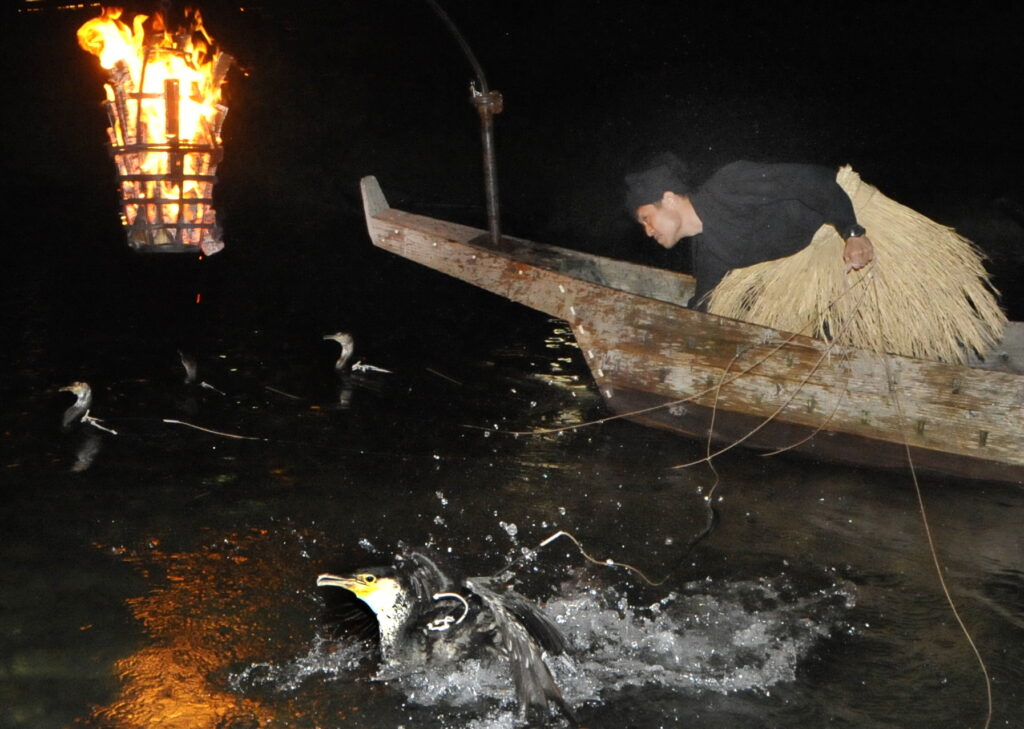
Fishing is carried out to recreate those days as much as possible, and you can tour the way it looks from a houseboat. It is a must-see figure of Usho, dressed in traditional costume, who skillfully manipulates cormorants.
■ Yakatabune Kansho
Address: Iwakuni, Iwakuni
Price: 3500 yen
Time: 19-21 (June 1-September 10)
Closed: September 11-May 31
A little commentary on the structure of the bridge packed with the wisdom of the predecessor!
The structure of the bridge, which is packed with the wisdom of the predecessor, is also one of the attractions of "Kintaikyo". Among them, we will introduce the four points that you want to pay attention to.
1. Delicate handwork | The technique of wooden schemes
Kintaikyo, which has undergone various improvements since its inception, is a mechanism that increases its strength even more under the pressure applied from the bridge due to the techniques of the Kibumi.
2. Winding gold and other hardware
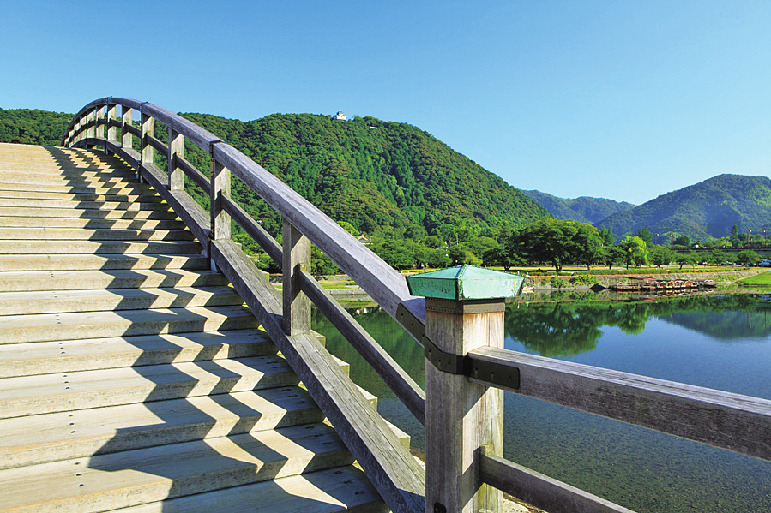
There were indeed about 30,000 pieces of hardware used in the 2001-2004 reshuffling, and they used a specially designed set for the Kintaikyo.
3. Support the bridge | Overview of the bridge piers
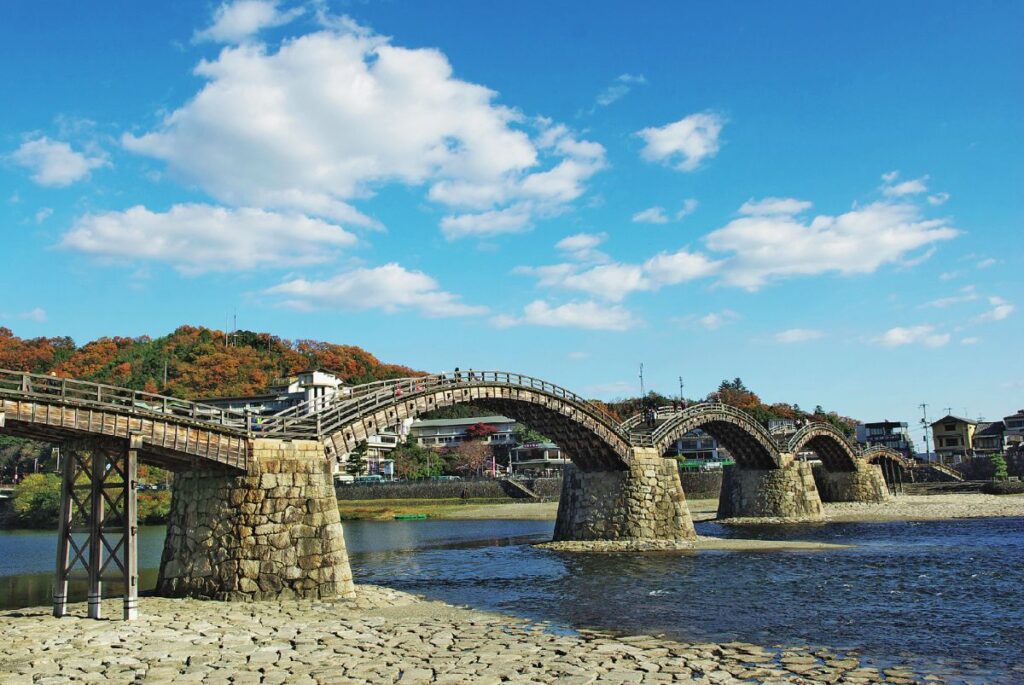
The heavy bridge piers supporting the bridge were greatly altered in structure to increase durability after the typhoon in 1950, and now they are based on a foundation with a depth of 10m, with reinforced concrete for the piers and masonry for the walls.
4. Ingenious arch structure
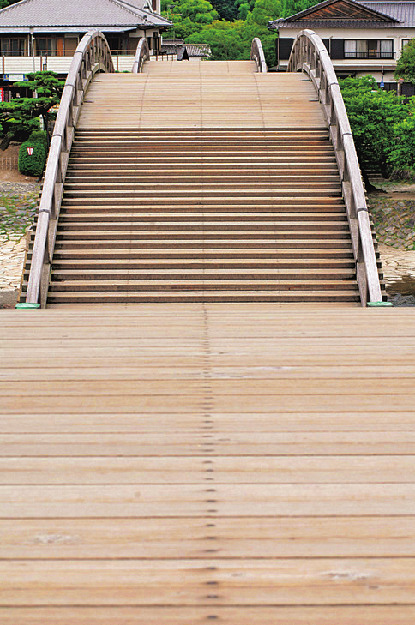
The ingenious arch structure, reflecting on the surrounding nature, is the only one unexemplified in the world, combining members such as girders, wedges, beams and purlin.
■ Kintaikyo
Address: Iwakuni, Yokoyama, Iwakuni City, Yamaguchi Prefecture
TEL:0827-41-1477 (Iwakuni Management Office)
Opening hours: Free walking toll booth Opening hours 8-17 o'clock, entrance is available 24 hours
Closed: No Closed
Price: 310 yen round trip * There is a night fare box.
Two major spots you should go together | Kikko Koen/Iwakuni-jo
Kikko Koen
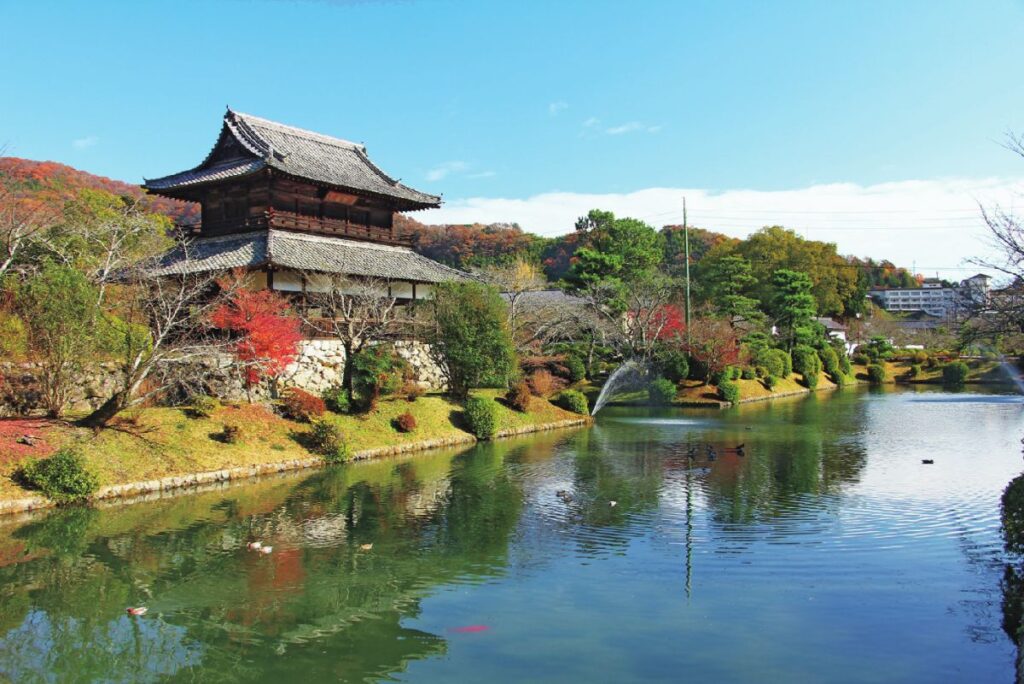
Kikko Koen, which opened up the remains of the residence of the Iwakuni feudal lord, the Kikkawa family. Here, you can see historical sites that retain their appearance during the feudal era. The Iwakuni feudal lord, Hiroie Kikkawa, is a family of the Mori family and the first feudal lord of Iwakuni. He is the first feudal lord of the Iwakuni Domain, Suo Province, who served in. After the battle of Sekigahara, he went to Iwakuni with the Mori family, who had been reduced. Later, he was instrumental in the development of the city.
In and around the park, there are many buildings that are reminiscent of ancient times, such as Iwakuni-jo, Kinunkaku and Kikko Jinja, as well as old trees and large trees. You can also see cherry blossoms and ginkgo that feel the season. It is also recommended to visit the highlights of the park.
■ Kikko Koen
Address: 2 Yokoyama, Iwakuni City, Yamaguchi Prefecture
TEL:0827-41-1780 (park administration office)
Open hours: Free entry
Closed: No Closed
Fee: Free entry
Attractions in the park
Iwakuni Chokokan
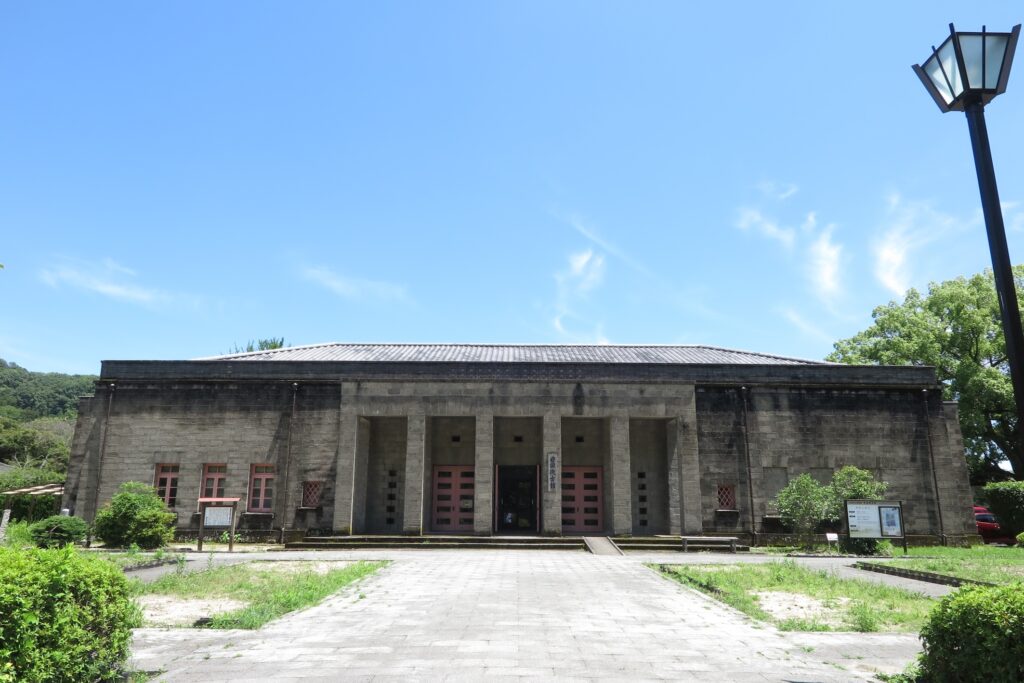
Three highlights in the park are introduced: the first is "Iwakuni Chokokan", a museum that displays materials about the history of Iwakuni and Kintaikyo; it is a wartime architecture, and it is full of attractions both inside and outside.
■ Iwakuni Chokokan
Address: 2-7-19 Yokoyama, Iwakuni City, Yamaguchi Prefecture
TEL: 0827-41-0452
Opening hours: 9-17
Holidays: Mondays (the next day if it is a public holiday), New Year holidays (12/29-1/3), exhibition replacement period (6 times a year)
Fee: Free entry
Kikko U no Sato
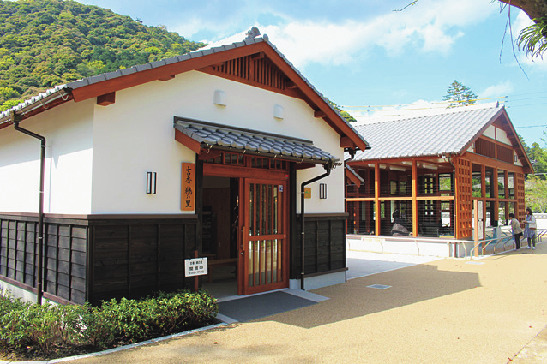
The second is the "Kikko U no Sato", a breeding facility where you can see "U" in front of you, active in the "Kintaikyo no Urekai". In addition to seeing the state of feeding, you can also learn the history of the cormorant.
■ Kikko U no Sato
Address: 2-6-55 Yokoyama, Iwakuni City, Yamaguchi TEL:0827-29-5116 (Iwakuni Tourism Promotion Division)
Time: 9 to 17
Closed: No Closed
Fee: Free
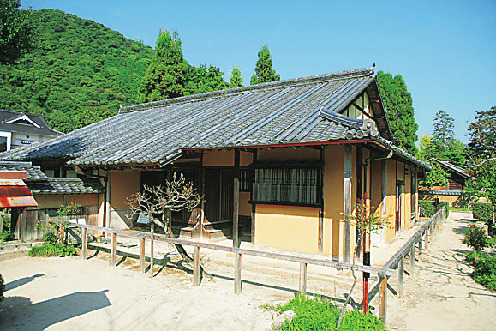
The third is the middle-aged samurai residence, "Kyu Mekadake Jutaku" in the middle Edo period. It is a nationally designated important cultural property, and although it looks like a one-story house, it has two stories inside. Let's also pay attention to the special shape of the roof tile, which is a double sleeve tile.
■ Kyu Mekadake Jutaku
Address: 2 Yokoyama, Iwakuni City, Yamaguchi Prefecture
TEL:0827-29-5098 (Iwakuni Cultural Property Division)
Open: 9:30 to 16:30
Closed: Monday (the next day if it is a public holiday)
Fee: Free to visit
Iwakuni Jo
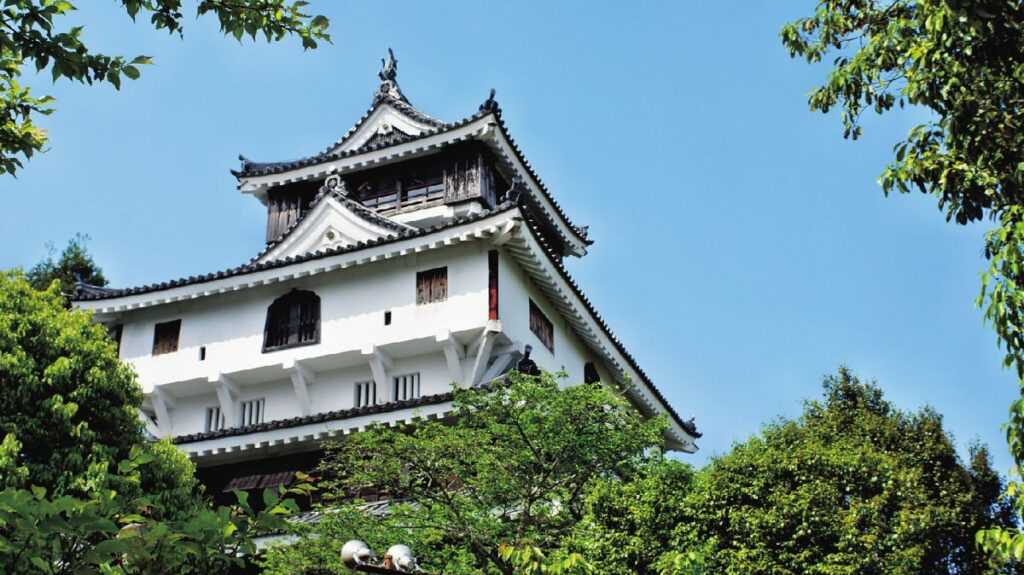
Iwakuni Castle, a view of the cityscape of Kintaikyo × Iwakuni Castle from the Tenshukaku, is a mountain castle built by the Iwakuni feudal lord, Kikkawa Hiroie, in 1608. The current castle tower was rebuilt in 1962 and has a stately structure of three layers and four floors.
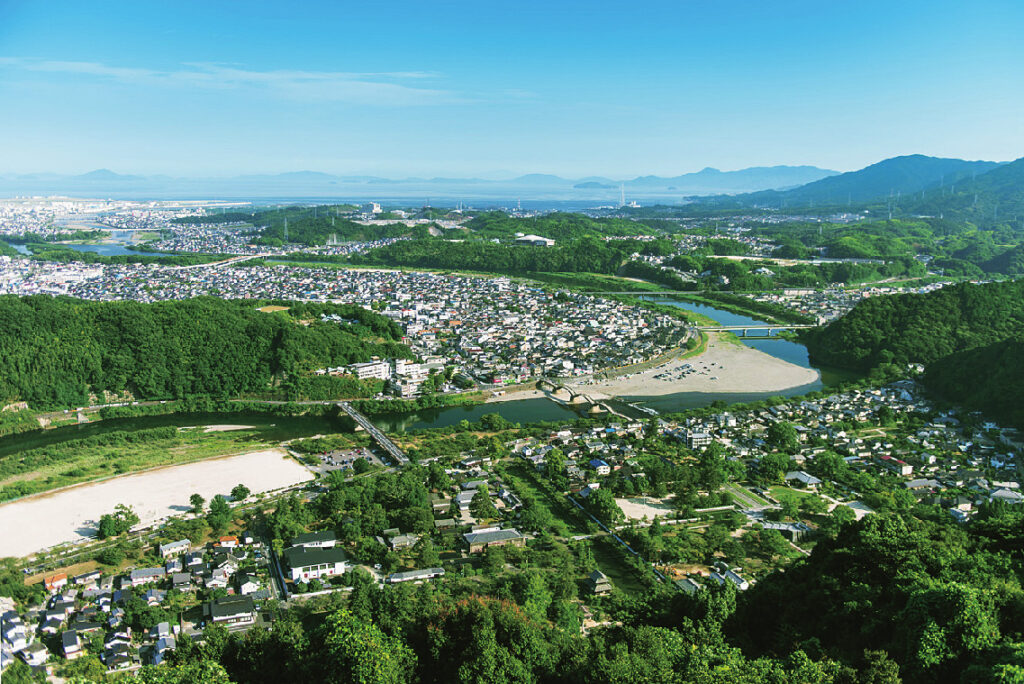
It is a beautiful structure with white walls, and from the top floor you can see from the Nishibashi Bridge to the Seto Inland Sea.
■ Iwakuni jo
Address: Yokoyama, Iwakuni City, Yamaguchi Prefecture
TEL: 0827-41-1477 (Iwakuni Management Office)
Open: 9-16:45
Holidays: No holidays (there are closed days in line with ropeway holidays, and there are closed days in January)
Price: 270 yen to enter the building
How was it? Not only Kintaikyo, but also the surrounding spots are packed. You can enjoy visiting at any time, so please visit by all means when you go to Yamaguchi Prefecture!
- This article is created based on the contents of "Rurubu Information Edition" or "Rurubu & more." "Rurubu +".
- The data listed are as of March 2025. Prices, business hours, regular holidays, menus, etc. may change or may not be available due to temporary holidays. Please check in advance when using it, as the content may change.
- The holiday of stores and facilities omits the year-end holiday, Obon holiday, Golden Week, and temporary holidays in principle.
- The published fees are in principle the fee including consumption tax that we have confirmed at the time of the interview, and the entrance fee is the adult fee if there is no special mention.
- In principle, the published times are open (hall) to closed (hall). Please note that the last order or entrance (hall) time is 30 minutes to 1 hour before the normal closing (hall) time. The last order is denoted LO.
- For the spring quality and efficacy of the hot springs listed, manuscripts are prepared based on answers from each facility.

